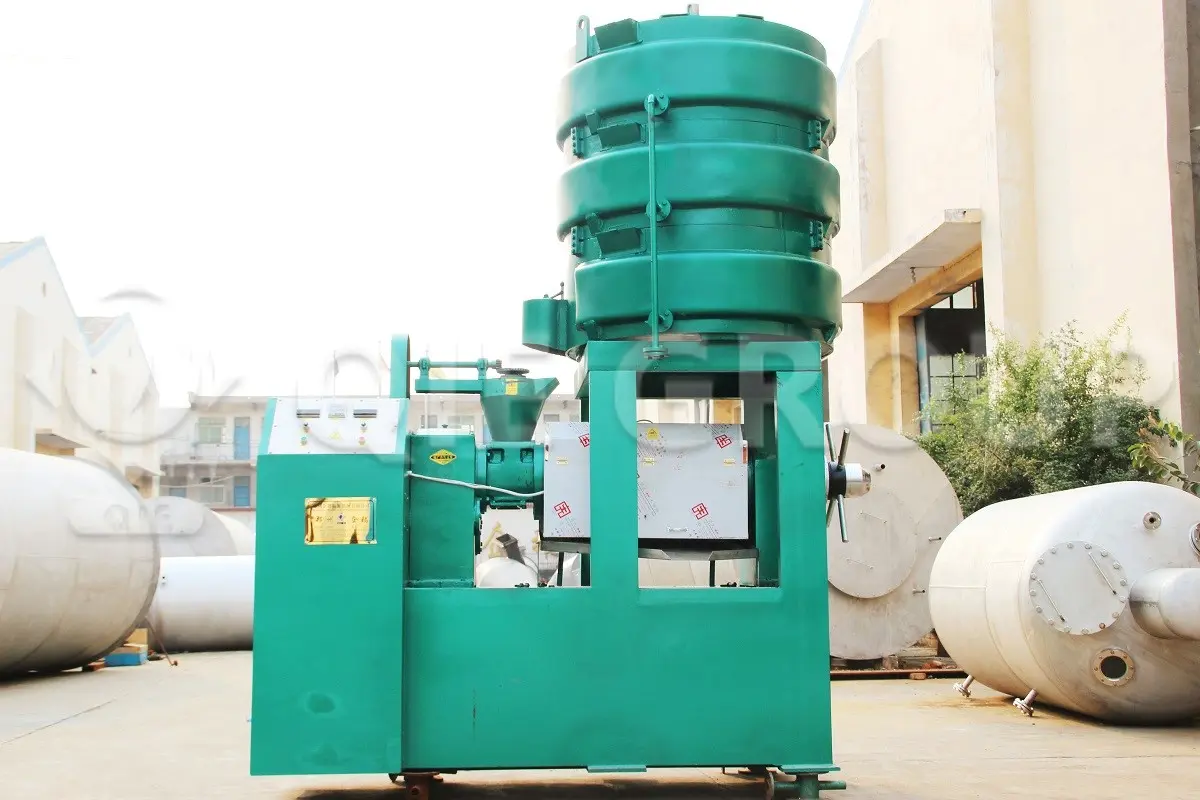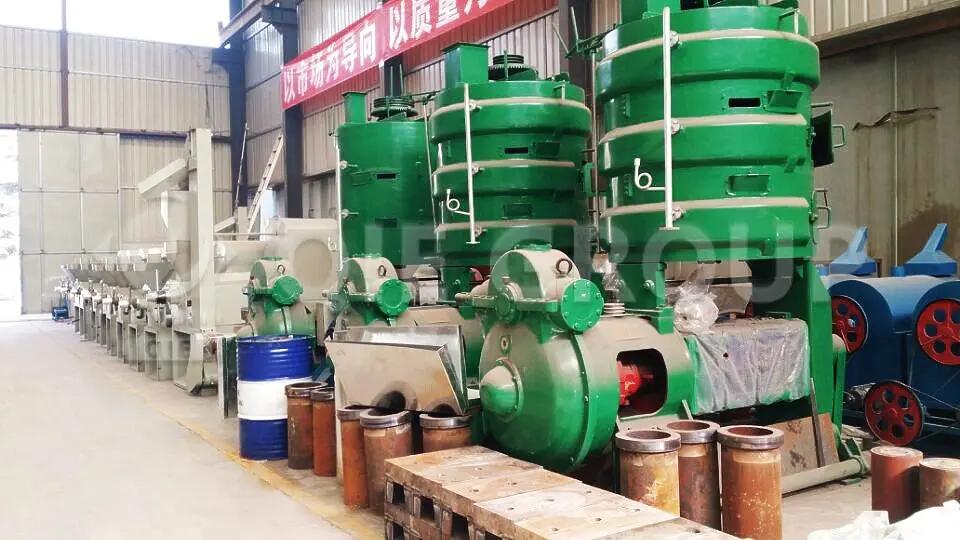Have you encountered these problems when pressing sunflower seeds: the motor is always running at full load, the oil yield fluctuates, and the residual oil rate remains high? Many oil mills have found that traditional equipment struggles to reduce energy consumption to a reasonable level, which also affects profits and production efficiency. Industry data shows that the unit energy consumption of sunflower seed pressing is generally 10% to 20% higher than ideal. In today's increasingly environmentally conscious world, this is a problem that oil mills must face.

The moisture content of sunflower seeds is a key factor determining pressing efficiency. Too much moisture increases the mechanical load and energy consumption during pressing, and results in insufficient oil extraction; too little moisture makes it difficult to press sunflower seeds evenly, affecting the oil yield.
Practical experience shows that:
Maintaining a moisture content of 4%-5% can reduce unit energy consumption by approximately 10%.
Oil yield can be increased by at least 3%.
Tip: After the raw materials arrive at the factory, the moisture content can be adjusted using airflow or drying equipment to ensure that the moisture content is stable at 4%-5% before pressing.
Our screw oil press uses a segmented pressing chamber, combined with an optimized screw structure, to ensure that sunflower seeds are subjected to even force and fully compressed. The diameter, pitch, and speed of each screw segment have been meticulously calculated.
Ensure pressing pressure → stable oil yield
Reduce mechanical load → save energy and reduce consumption
This design is not a simple equipment upgrade, but a scientific optimization of the entire pressing process.
Continuous and stable operation is the foundation for achieving energy conservation and high yield. Our large-scale screw oil press is equipped with:
Precise temperature control system → Minimal fluctuations in machine load and stable pressing temperature
High-quality motors → Reduce the risk of energy consumption fluctuations
Durable structure → Reduced maintenance downtime
The result is: stable oil mill production capacity and controllable costs. 🔗( Sunflower Seed Oil Press: How to Obtain High-Quality Oil )

| index | Before renovation (moisture content 6%) | After renovation (moisture content 4%) | Increase/Decrease Rate |
|---|---|---|---|
| Energy consumption per unit (kWh/t) | 55 | 48.4 | -12% |
| Oil yield (%) | 38.0 | 39.9 | +5% |
| Residual oil content (%) | 10.5 | 8.2 | -twenty two% |
Data source: Continuous production statistics of medium and large oil plants of QIE Group
The data shows that by optimizing the moisture content of the raw materials and the spiral structure, not only is energy consumption reduced and oil yield increased, but residual oil rate is also significantly reduced.
This large-scale screw oil press, with its optimized structure, continuous production, and precise temperature control, truly achieves a dual increase in energy conservation, consumption reduction, and oil yield. For you, this is not just equipment upgrades, but a scientific improvement of the entire production process, helping to achieve green production goals and steadily aligning with ever-growing market demands. Investing in QIE Group screw oil presses is investing in the future of efficient and environmentally friendly oil processing management.
Q1: Why do some oil plants still have high energy consumption after renovation?
A: The main reason is that the moisture content is not strictly controlled or the pressing chamber design is not optimized. The equipment is new, but the process is not matched, and the energy consumption still does not reach the ideal level.
Q2: What are the consequences of failing to control moisture content?
A: Excessive moisture content → Increased mechanical load, uneven pressing temperature → Fluctuations in oil yield → Increased residual oil content → Decreased overall plant efficiency.
Q3: Why is there such a big difference in energy consumption between different oil mills for the same sunflower seeds?
A: Key factors affecting energy consumption include: moisture control during steaming and frying, screw propulsion efficiency, equipment wear and tear, the stability of the pretreatment system, and whether it has automatic adjustment functions. The more stable the equipment and the more precise the parameters, the lower the energy consumption per ton of processing.
Q4: Will energy-saving optimization affect the oil yield?
A: Under reasonable raw material pretreatment and equipment design conditions, energy-saving optimization can actually improve oil yield and ensure that output and quality are not affected.
Q5: To increase oil yield, is it better to upgrade the oil press first, or to optimize the pre-processing system first?
A: Both are important, but industry experience shows that improvements in pretreatment (crushing, conditioning, steaming/roasting) usually result in a greater increase in oil yield. If the equipment is old, it needs to be upgraded simultaneously.
If you are also troubled by high energy consumption and unstable oil yield, you might as well let the QIE Group's engineering team do a free diagnosis of the pressing process to see where the problem lies.
Contact us for sunflower seed oil pressing process solutions →










